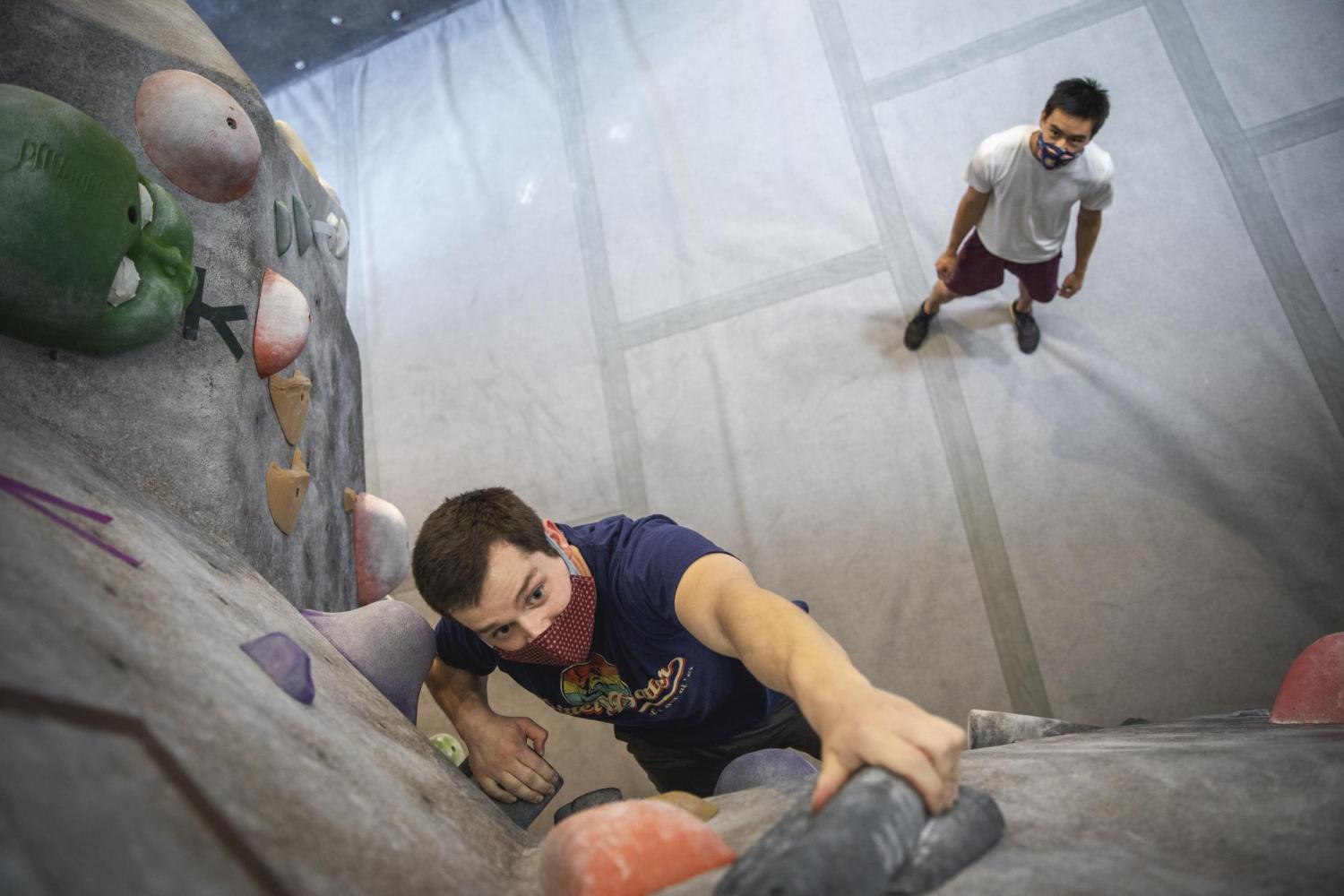3 ways to support your student's goals

Doing better in school, keeping in touch, feeling healthier—it’s New Year’s Resolution season! Psychology research has shown that the way to see progress towards these kinds of goals isn’t just about the effort we put in. It also comes down to the way we set up our goals and how we take them on with the support of those around us. Check out these evidence-based strategies for supporting your student’s goals this year.
Reflect on the past year
Last year was difficult for many of our students, and they may feel overwhelmed by the idea of reflecting on everything that happened. However, taking some time to review the past year can be helpful. For instance, it can be helpful for your student to identify areas where they struggled or the ways they’d like to move forward into 2021. Encourage them to take a step back and consider some of the following questions:
What has the past year taught me about myself?
How did I cope with stress? What can I do differently this year?
What do I need to practice doing more or less of?
What resources have been helpful?
What worked well in 2020?
What is one small thing I can do to change my life?
Start small
Answering these kinds of questions allows your student to reflect on their strengths, weaknesses and priorities moving into the new year. It can also be a great way to identify patterns and themes that they may want to address.
Encourage your student to start by writing down the things they care about and want to give attention to in 2021. Whether that’s relationships, health, academics (or all three), starting broad and then filtering down is okay. This can help them identify exactly what they’re striving for. Plus, research shows when we write goals down we’re more likely to work toward them.
Talk through these values with your student and help them find ways to make progress. For example, if family is their top priority for 2021, discuss ways to work towards their specific goal. If it’s a better relationship with a sibling, brainstorm ideas for what they can do, such as spending more time together. Then identify the specific action they can dedicate their energy to, like setting aside every other Sunday night to Skype, have dinner or just texting to check in.
Repeat this exercise with each of their defined values or goals to help nail down productive resolutions. While an improved GPA is great to strive for, the way to make it happen is with specific goals, like “spend 20 minutes reviewing notes after every lab” and “attend the professor’s office hours at least once a month with specific questions from lecture.” Completing these smaller, incremental goals can set your student on track to meet their overall intention of a better GPA.
Support your student in ranking all of these goals, too. This keeps things manageable by acknowledging that it’s okay if not everything happens at the same time: maybe in January the focus will be on Priority #1, and in February or March another one or two can be introduced.
Set SMART goals
The most effective, achievable goals are the ones we set using the SMART method, hinted at above. This method relies on keeping the goal Specific, Measurable, Attainable, Relevant and Time-bound.
For example, with a goal like “Try cooking at least one new healthy recipe each week,” the action is specific, the quantity of recipes is measurable, the small number to start is attainable, the improved nutrition is relevant and the dedication to doing this each week keeps it time-bound. On the other hand, a goal like “eat less fast food” is broad, subjective and can get tricky to keep track of, especially without a clear alternative.
SMART goals also rely on performance over outcome. This means setting goals that we have the most control over. While a goal like winning the intramural championship is exciting, this relies on other players, officials, good health, perfect timing and even luck. Help your student translate these instead into things they have the ability to achieve, like practicing an extra hour every week to improve their technique.
Stay positive
Reframing goals to be positive and attainable also increases the likelihood of success. Focusing less on losing weight and more on finding a fun workout class or committing to taking walks with a friend, for example, gives us something to look forward to in the moment instead of waiting for a far-off reward, and helps us reach our goal of being healthier.
Keeping a positive and realistic view also helps us stick it out through roadblocks. Perhaps the goal was to start going to bed half an hour earlier every night, but by the second week of the semester your student feels this just isn’t possible every day. Empower them to reframe this goal without giving it up: this week, suggest going to bed just half an hour earlier, and only on Monday and Tuesday. Then when their schedule calms down, getting to bed earlier on Wednesday will feel doable too.
The new year is a great time to start making small changes in the areas we care about and taking small steps toward our larger goals. By helping your student stay realistic and focus on the positive, you can become a partner in turning their fresh start into long-term success.


